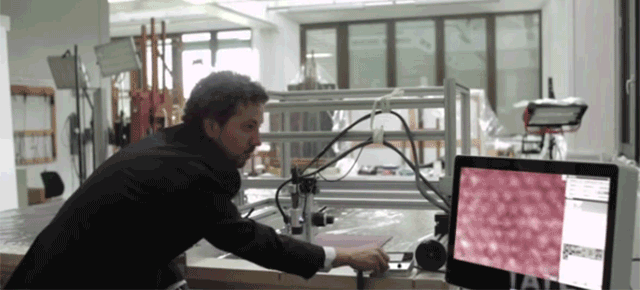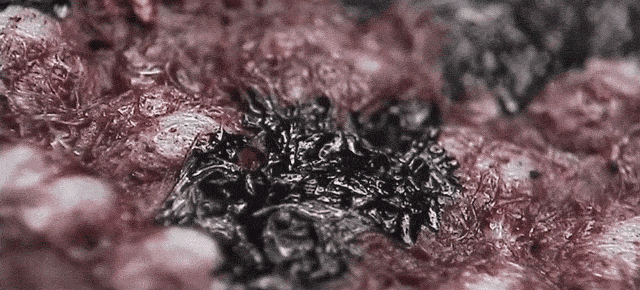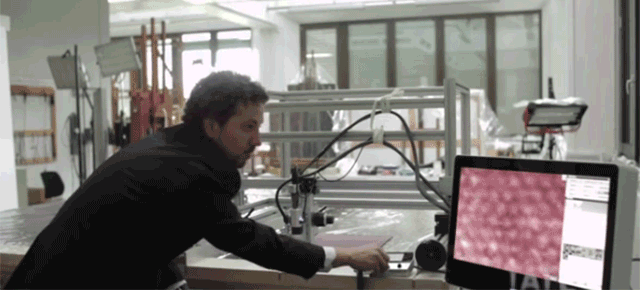In late 2012, a vandal approached a painting by Mark Rothko hanging in London’s Tate Modern, and scrawled it with graffiti. It took the Tate over nine months of work to successfully restore the painting before it went back on display last week. This video shows the amazing science and craft that went into the job.
Most of what goes into art restoration is completely lost on the art-viewing public. The task — removing the ink of the graffiti without damaging the paint layers underneath — seems relatively straightforward. But to nail the execution, conservators had to analyse the ink of the graffiti to determine its solubility. They then recreated portions of the original painting, trying to emulate Rothko’s process and materials, much of which are unknown. To mimic the effects of time on the painting, samples of the reproduction were put into an accelerated ageing chamber. Only then could they test out various solvents on the ink and see what worked and what didn’t.


The whole process is absolutely fascinating, and shows some of the collaboration between art and science that seems so rare these days. I highly recommend the entire 17 minutes it takes to watch the healing unfold. [YouTube via It’s Nice That]
